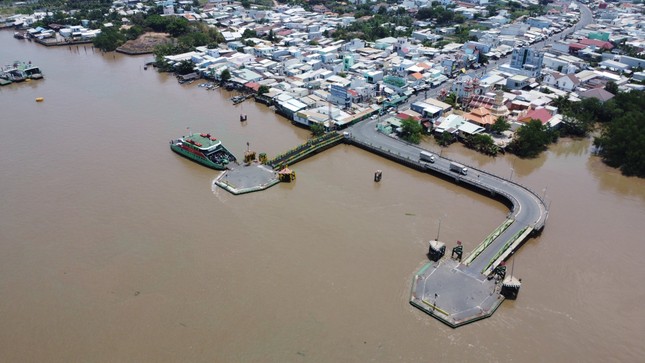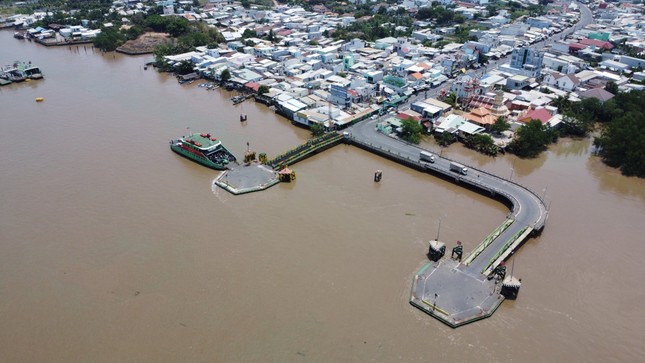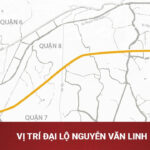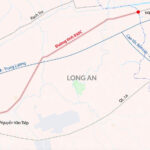On November 15, the People’s Committee of Dong Nai province worked with the leaders of Fecon Joint Stock Company and its partner, Shanghai Tunnel Engineering Co., STEC, on cooperating to develop underground traffic infrastructure projects in the province.

Existing Cat Lai Ferry Terminal
At the meeting, Fecon Joint Stock Company and its partner proposed the idea of constructing an underground tunnel across the Dong Nai River as an alternative to building a bridge for the Cat Lai Bridge Project, connecting Dong Nai and Ho Chi Minh City.
According to the representative of Fecon Joint Stock Company, building an underground tunnel instead of a bridge would minimize challenges and obstacles in site clearance, thereby reducing social impacts on the residential areas within the project’s planned area.
Representatives from Dong Nai province’s departments and sectors shared that in the coming time, Dong Nai will witness the development of numerous infrastructure projects, industrial parks, and transportation systems. The province also expressed its desire for Fecon Joint Stock Company to explore projects and works that involve not only state budget investment but also other sources of capital.
Regarding the proposal to build an underground tunnel across the Dong Nai River instead of a bridge for the Cat Lai Bridge Project, the People’s Committee of Dong Nai province requested the company and its partner to conduct a more detailed study and submit a comprehensive report to the provincial leaders. They also need to proactively coordinate with the People’s Committee of Ho Chi Minh City to ensure unity in this matter.
The Cat Lai Bridge Project is considered one of the critical transportation projects to alleviate the current overload of the Cat Lai Ferry Terminal. Once completed, it will establish a regional transportation network connecting Dong Nai with Ho Chi Minh City and other localities in the region. It will also create an additional link between Ho Chi Minh City and Long Thanh International Airport via Provincial Road 25C.
There have been several meetings between Dong Nai and Ho Chi Minh City regarding the planning and alignment of the Cat Lai Bridge Construction Project. However, the two sides have not yet agreed on a construction commencement date. According to the Ho Chi Minh City Department of Transport, while the two localities have agreed on the planning, the project’s pre-feasibility study must be conducted to be included in the master plan. The Cat Lai Bridge is among the prioritized projects to be implemented between now and 2030.
The Century-Old Mansion in Dong Nai: A Glimpse into a Historic Estate Facing Demolition
The century-old villa, affectionately known as the “House of Mr. Phu” in Dong Nai, is facing the threat of demolition to make way for a road.
Unlocking the Gateway: A Thousand Billion Expansion for a Seamless Connection between Bến Lức and Bình Chánh
The expansion of National Highway 50, connecting Long An and Ho Chi Minh City, is nearing completion, and now, a new road investment has caught the attention of the region. The 830C road, a 9-kilometer stretch from the center of Ben Luc district in Long An to Nguyen Huu Tri Street in Binh Chanh district, Ho Chi Minh City, is set to undergo a transformation. This expansion will not only improve connectivity but also bring new opportunities to the south-western region of Vietnam.












































